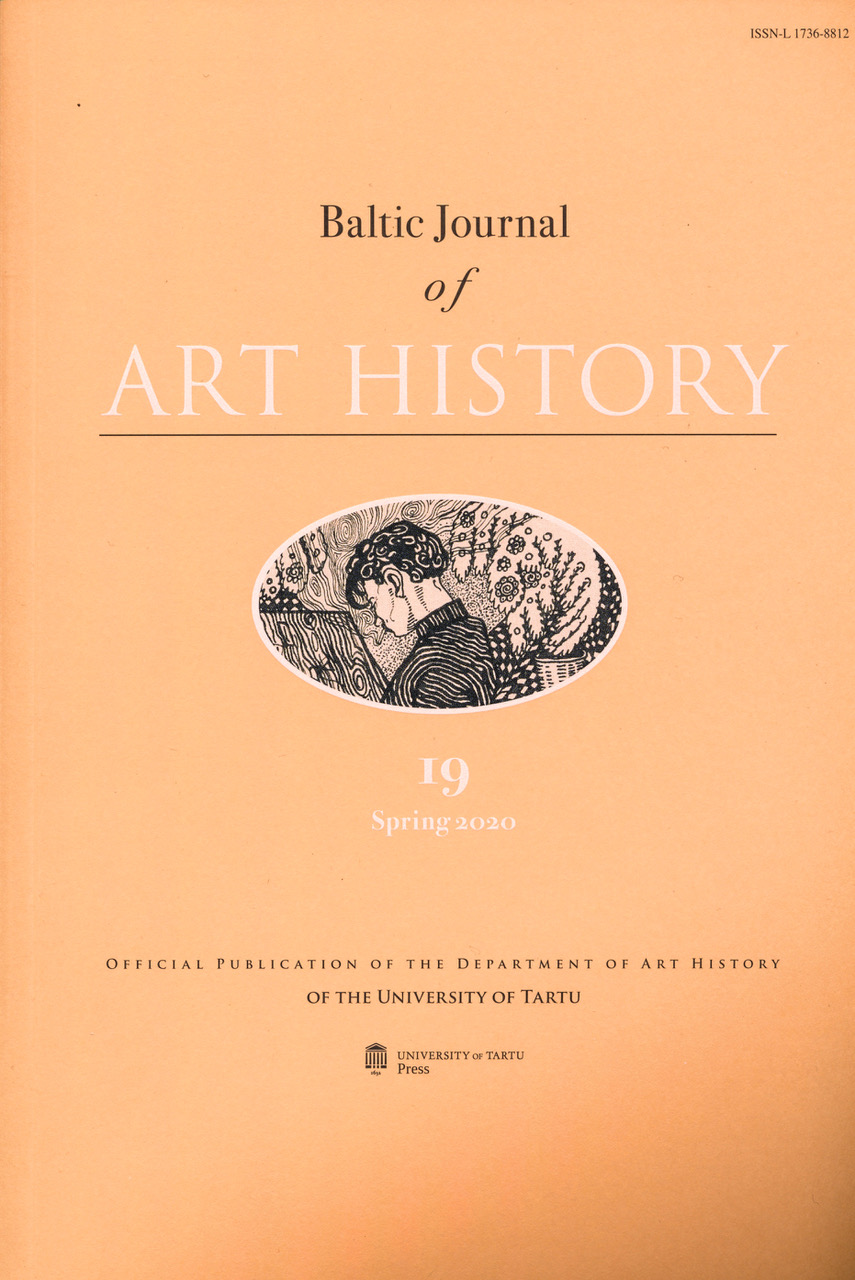The Decade of Great Myths: Developments in the Estonian Art Scene of the 1990s
DOI:
https://doi.org/10.12697/BJAH.2020.19.03Keywords:
Estonian art, 1990s, Eastern Europe, transitional cultureAbstract
Estonian art life changed radically at the beginning of 1990s,
especially with regards to organisational and financial systems. In
other words, the collapse of the Soviet cultural system was followed
by strong shifts that brought with them changes, in both content and
form, within the arts and the institutional mechanisms.
This article maps out some of the most notable developmental
tendencies that began taking shape after the restoration of
independence, for example the meaning of art and the role of cultural
journalism and art critique in the new reality. Even though the focus
of the text is on Estonia, the changes that took place in the cultural
sphere of the 1990s were not location-specific as similar trends existed
more or less in all former republics of the Soviet Union.

